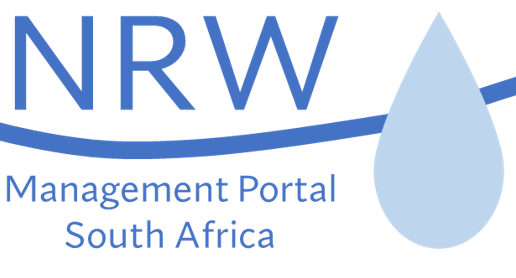South Africa is a water-scarce country, which means it water resources are limited. The country does not have that frequent rainfalls to ensure adequate crop growth.
Category: Applied research and baseline reports
Research Impact Assessment of the Water Administration System
The aim of this project is to provide the WRC and its stakeholders with a concise assessment of the impact (to date and future potential impact) of the WRC’s Water Administration System on economic, environmental and social aspects of South African and international society.
Experiences with advanced water metering in South Africa
Advanced water metering is part of a larger movement towards smart networks and intelligent infrastructure. In high-income countries, advanced metering technology is generally focused on the need to obtain meter readings without human intervention. However, in South Africa and other developing countries, advanced water metering is driven by the need to provide services to previously unserved communities and deal with the problems caused by rapid urbanisation.
Assessment of apparent losses due to meter inaccuracy – a comparative approach
The empirical method for the determination of apparent water losses, using the assessment of consumption patterns and the laboratory testing of water meters, is compared against alternative methods of comparative billing and meter change analyses for one of the largest water utilities in South Africa.
Water Demand Management
This guide concentrates on highlighting the key issues in simple and straightforward terms in an attempt to explain what interventions can be undertaken in order to reduce water losses from municipal water supply networks and how best to implement them.
Assessing Non-Revenue Water and its Components: A Practical Approach
IWA Task Forces recently produced an international ‘best practice’ standard approach for Water Balance calculations, with definitions of all terms involved, as the essential first step in practical management of water losses.
In Situ Calibration of Large Water Meters
The Water Research Commission (WRC) appointed Stewart Scott (CE) Inc. to undertake research to establish a flow reference standard for the cost effective in situ calibration of large water meters required for water audits and other test purposes.
Benchmarking of Leakage from Water Reticulation Systems in South Africa 2005
The BENCHLEAK model was developed to evaluate levels of leakage and non-revenue water in potable water distribution systems. The first study involved developing the model with a limited budget for checking the various data sets used to test the model. The main objective of the follow-on study was therefore to use the model to evaluate the levels of leakage in approximately 30 water utilities throughout South Africa.
Municipal-Invoices in South Africa
The tax invoices or bills that municipalities send out to consumers on a monthly basis are a key interface between local government and citizens.
A Guide to the Control of Water Losses in Pipe Networks
Water lost from a water supply distribution network can account for a considerable percentage of the total volume of water supplied. As this loss is paid for by consumers, a reduction in the amount of water lost could lead to a decrease in water tariffs, smaller pipe sizes and reduced water purification capacity and a delay in the need for increased storage.
